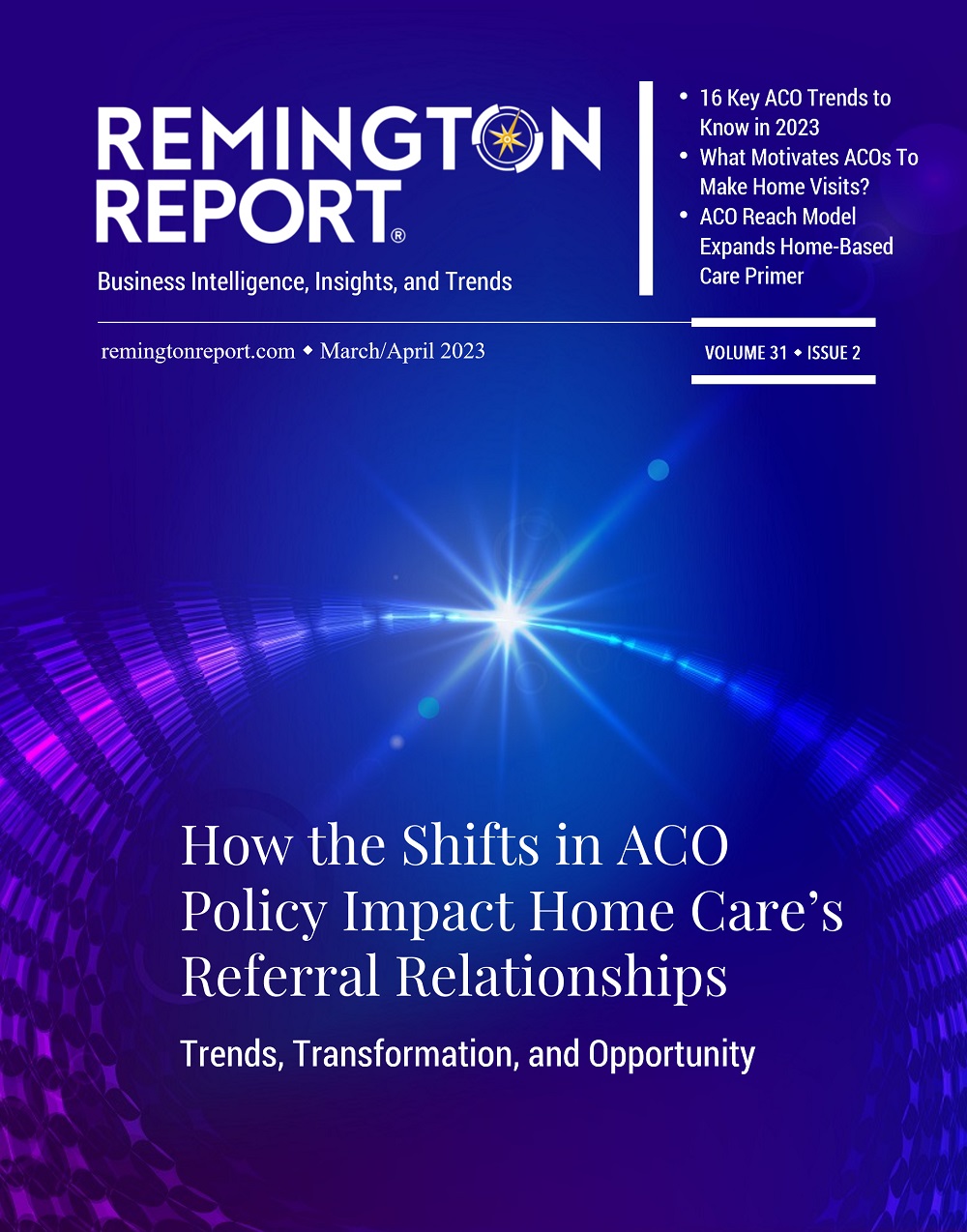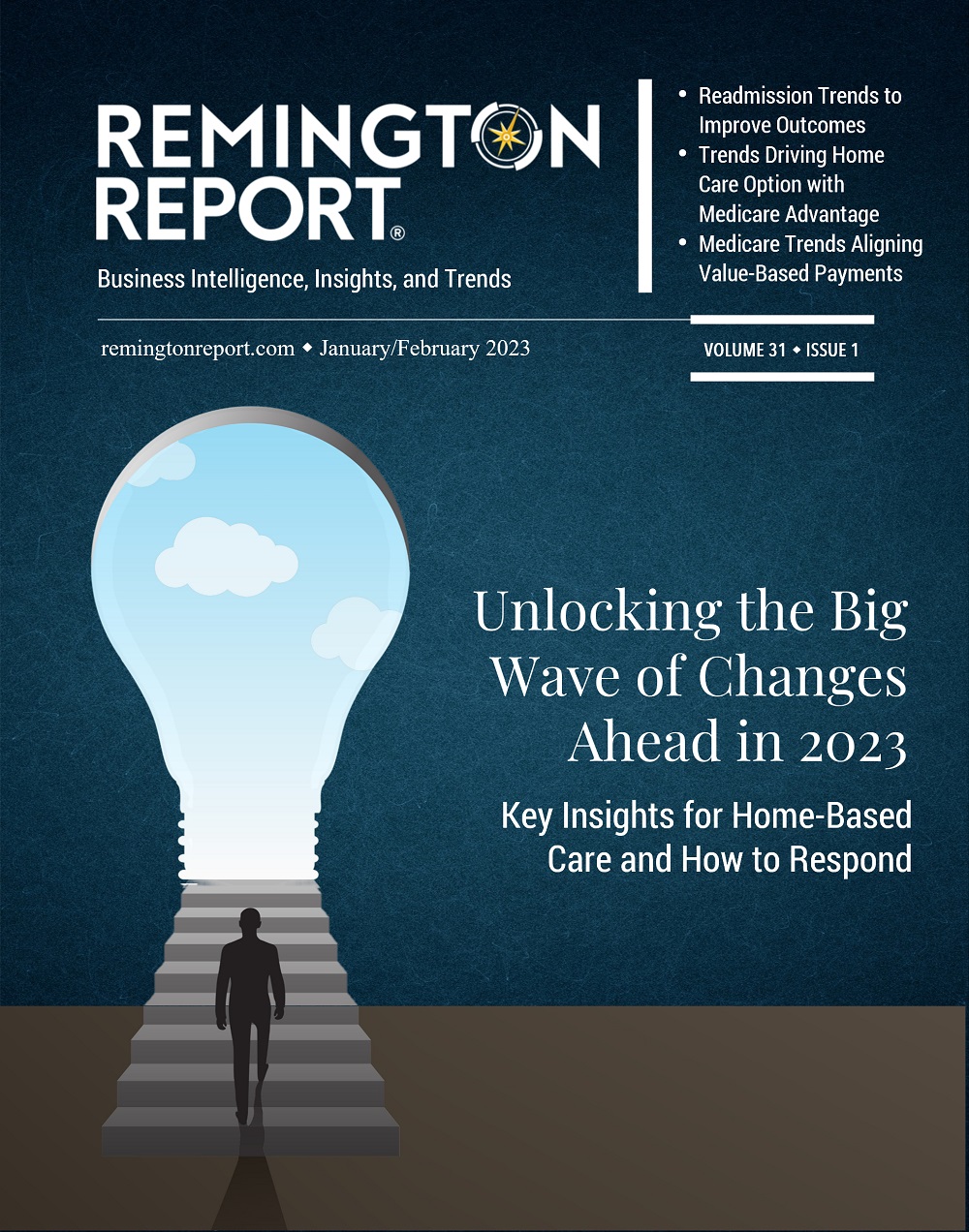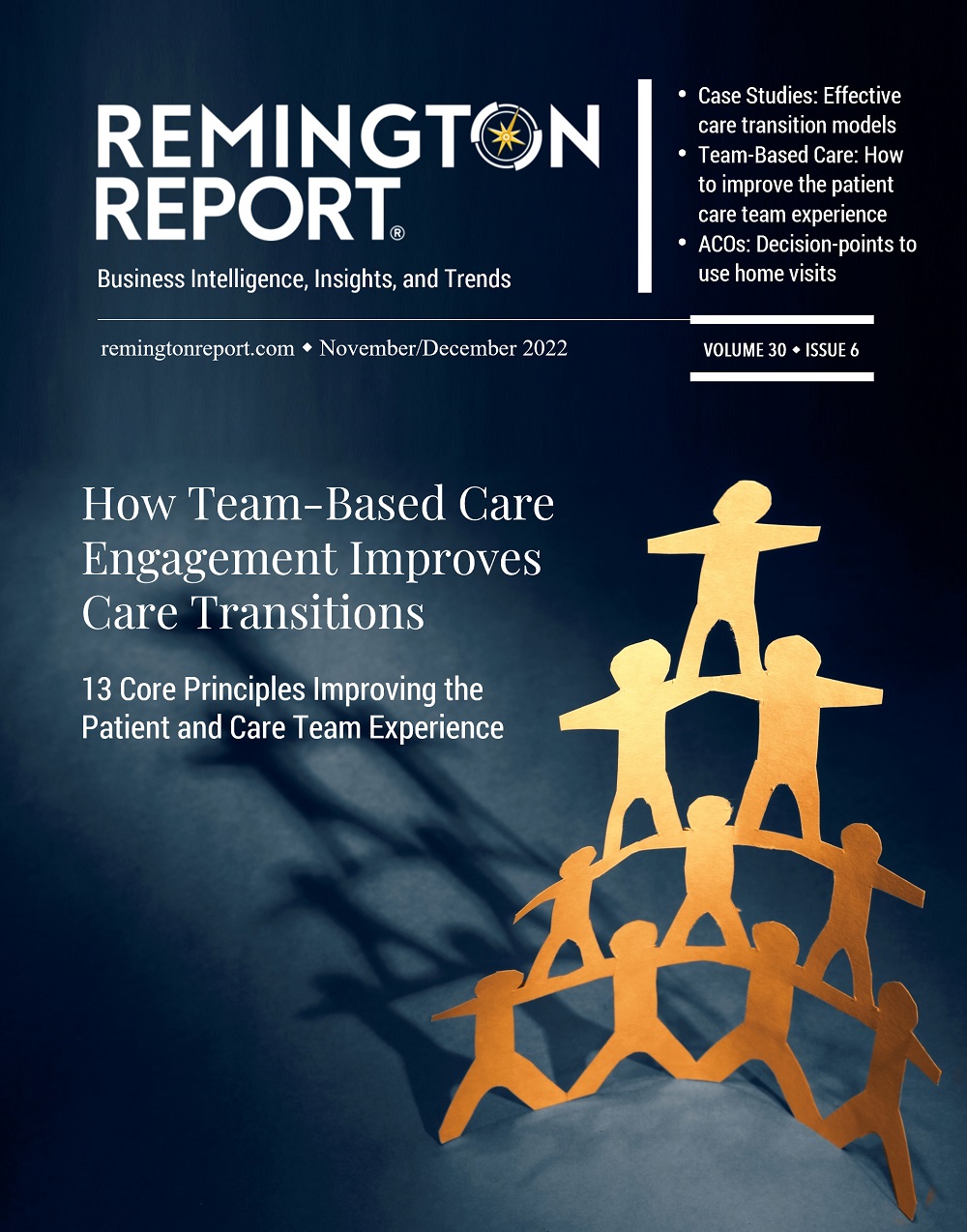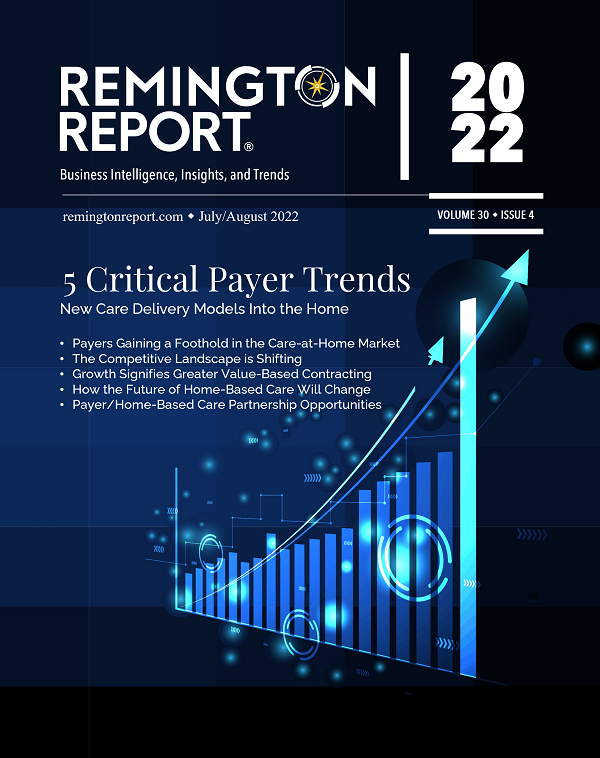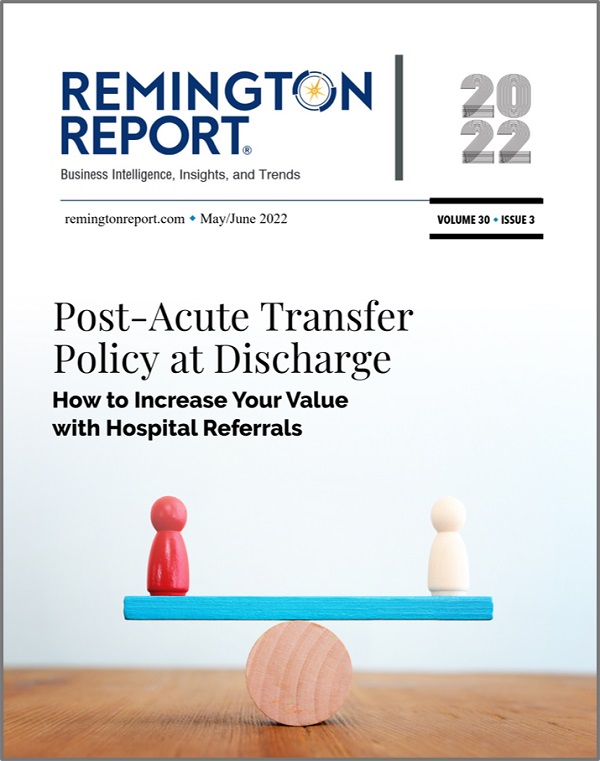Barriers to palliative care access in the United States occurs in five domains:
- Lack of AwarenessThe misperception among doctors and other health professionals that palliative care is appropriate only at the end of life and the belief that patients will react negatively and lose hope if palliative care is discussed prevent many patients from getting the relief they need. While physicians have misperceptions about palliative care, many patients simply do not know about it. A recent national survey revealed that only 8 percent of Americans reported being knowledgeable or very knowledgeable about palliative care.
- Workforce Shortages and Inadequate Training
The number of palliative care specialists falls short of what is necessary to serve the current population. The American Board of Medical Specialties approved subspecialty physician training in palliative medicine relatively recently, in 2008, and financial support for such training relies predominantly on philanthropy rather than Medicare-funded graduate medical education dollars—a result of the cap on Medicare-funded training slots in the Balanced Budget Act of 1997. Similar shortages exist across the other palliative care disciplines of nursing, social work, and chaplaincy.It is unrealistic to expect that the specialist workforce will ever be large enough to meet the needs of all seriously ill Americans. Front-line clinicians’ knowledge and skills must be strengthened if palliative care is to be available to everyone who could benefit from it. US clinicians receive little to no training in palliative care, including skilled communication with patients and families in the context of serious illness, safe and effective symptom management, and psychosocial assessment and support. Ensuring that all clinicians are trained in these competencies is essential to standardize access to palliative care.
Lastly, most of the day-to-day care for people with serious illnesses is provided by family members and other informal caregivers, who are expected to advocate for their loved ones’ preferences and interests, administer medications and other treatments, coordinate care among specialists and settings, and do so in addition to their other work and family responsibilities—despite little or no training and support. Adequate training, supervision, and support of all members of the care team, including family caregivers, are needed.
- Insufficient Organizational Capacity and Misaligned Payment
Palliative care capacity and delivery models are largely unavailable for patients living at home, in nursing homes, or in rural areas. Palliative care programs in hospitals are often stretched to capacity because of staffing constraints and are obligated to give priority to the most complex patients or those closest to the end of life, thus limiting access for many people who would benefit. Major barriers to palliative care in community settings are the lack of Medicare payment (with the exception of hospice) for personal care (such as home health aides), home medical services (such as nursing, social work, and rehabilitation supports) beyond time-limited episodes of post-acute care, and team-based care, and regulatory and legal constraints inhibiting the use of telemedicine.The value-based incentives now influencing risk-bearing entities (such as Medicare Advantage plans, Medicaid managed care plans, and accountable care organizations) have recently begun to increase the use of palliative care models, but access falls short of the population need. Recent multi- and all-payer initiatives launched by the Centers for Medicare and Medicaid Services (CMS), including the Center for Medicare and Medicaid Innovation, are promising examples of payer support for insurance design matched to the needs of seriously ill beneficiaries.
For example, the Medicare Advantage Value-Based Insurance Design Model, supported by the bipartisan Creating High-Quality Results and Outcomes Necessary to Improve Chronic (CHRONIC) Care Act reintroduced in the Senate in 2017, tests “a model of Medicare Advantage value-based insurance design that would allow Medicare Advantage plans the option to propose and design benefit structures that vary benefits, cost-sharing, and supplemental benefits offered to enrollees with specific chronic diseases.” Also, the multi-payer Comprehensive Primary Care Plus (CPC+) model tests the ability of primary care practices to build capabilities (such as 24/7 phone availability) to improve care, with payments designed to allow “greater cash flow and flexibility for primary care practices to deliver high quality, whole-person, patient-centered care and lower use of unnecessary services that drive total costs of care.” Insurance designs allowing payment for services to be matched to the requirements of high-need beneficiaries could include, for example, payment for 24/7 phone access, home health aides, family counseling, home delivery of meals, and transportation.
- Lack of Regulatory Requirements, Oversight, and Accreditation Standards
In some other areas of healthcare, the oversight of quality is driven by federal- and state-level regulatory and accreditation requirements. For example, hospitals must be accredited to receive Medicare payments, and dialysis units must be certified by Medicare to receive payment. In contrast, the only quality oversight programs for palliative care are a new Joint Commission certification for community-based programs and a Joint Commission advanced certification program for hospital-based programs, both voluntary.Intensive efforts to contain the costs of the seriously ill are accompanying the shift to value-based payment. They carry risks for under treatment, poor quality of care, unsafe environments, and excessive out-of-pocket expenditures. Consumer protections are needed to reduce such risks.Accountability depends on certification and accreditation programs that set standards and conduct reviews to verify compliance; the development of new Medicare and Medicaid conditions of participation for provision of palliative care services, with regulatory surveillance; transparent performance data, including public reporting that provides comparative data on patients’ experiences and outcomes, staffing ratios, care processes, and use of resources; and the development of quality metrics linked to payment that are reliable, valid, actionable, meaningful to patients and families, and appropriate in the context of complex illnesses in diverse settings. These components would help ensure that people with serious illnesses have reliable access to high-quality care at a reasonable cost.
- Inadequate Evidence-Based
Research funding in other areas of healthcare dwarfs that in palliative care. Studies have found that less than 0.2 percent of the annual budget of National Institutes of Health (NIH) supported palliative care research. Several NIH institutes have never funded research in palliative care, despite their focus on common serious illnesses such as end-stage renal disease. As a result, the knowledge base to support pain and symptom management, communication skills, care coordination, and optimal care models is inadequate.

Lisa Remington is widely recognized as one of the foremost futurists in the home care industry, focusing on healthcare trends and disruptive innovation. She serves as the president and publisher of the Remington Report magazine and is also the President of Remington’s Think Tank Strategy Institute. Lisa provides strategic advice and education to over 10,000 organizations, assisting them in developing transformative strategies for growth and their future implications. She closely monitors complex trends and forces of change to develop effective strategic approaches.



